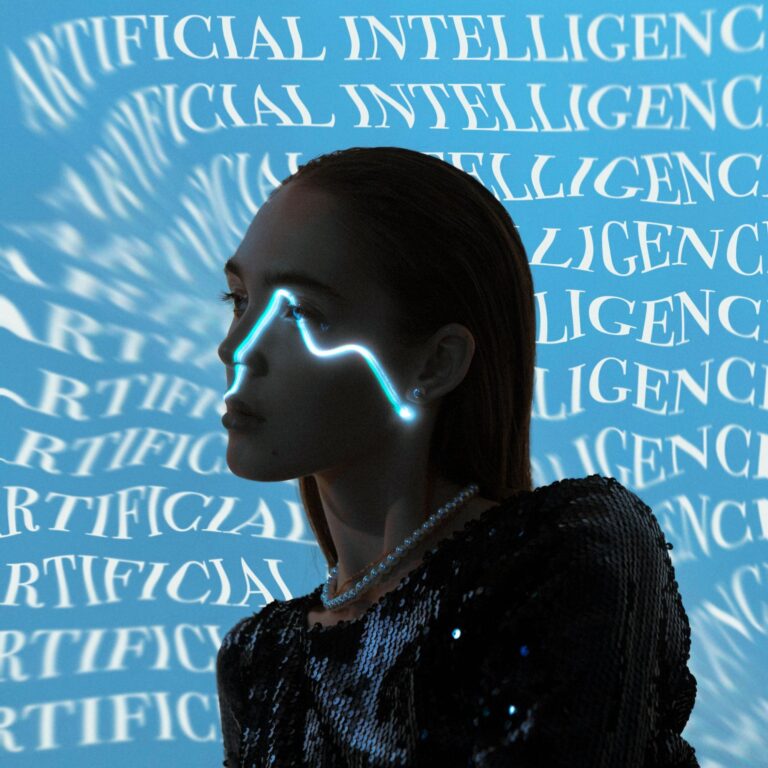Life in 2030 will look different from the current reality. Picture a world where 79% of employers embrace hybrid work models and global IT investments move past $4.6 TRILLION within two years… Technology no longer just assists daily routines, it shapes the fabric of new human experiences and how we engage with the world.
Tomorrow’s world promises remarkable changes. Fresh research reveals 85% of organizations see emerging technologies as their key driver of change through 2028. Businesses recognize AI will become as important as electricity by 2030. Science fiction becomes a reality as AI systems achieve 70% accuracy in earthquake prediction, while medical advances suggest the first person who will live to 150 walks among us today.
Picture your workplace in 2030. Latest studies reveal 86% of employers see AI and advanced information systems reshaping their entire business landscape. These changes reach far deeper than new software installations because they touch the very heart of how we work, lead, and grow our talents.
Remote Work Evolves Into Hybrid Reality
Office life stands at a turning point. Numbers tell an eye-opening story: 92 million professionals will choose full-time remote work by 2030. Knowledge-rich fields like accounting, legal services, finance, and healthcare lead this “revolution.” Smart companies already craft flexible spaces where physical and digital tools blend seamlessly, creating natural collaboration hubs.
AI Managers Have Literally CHANGED Workplace Dynamics
AI’s first wave sweeps through administrative work, clearing routine tasks. This shift sparks something… remarkable? If that’s the word to use here… Organizations shed old hierarchies, opening up their minds to fluid structures that give teams more freedom to innovate. Smart AI tools now shape each person’s workflow, easing mental strain. Kinda even more fascinating… workplace apps now watch for stress signals & offer mental health support, making wellbeing part of work life.
New Skills Replace Traditional Expertise
This hurts to type, but we’re heading in a direction where 39% of today’s valuable skills may fade into history from 2025 and 2030.
Tomorrow’s star performers will master…
Companies see the writing on the wall. An impressive 85% now push for employee upskilling, while 70% hunt for fresh talent with next-generation abilities. The job landscape shifts as AI grows smarter, demanding curiosity and a learning spirit. Success in this new world demands both technical mastery and the human traits of critical thinking, creativity, and emotional wisdom.
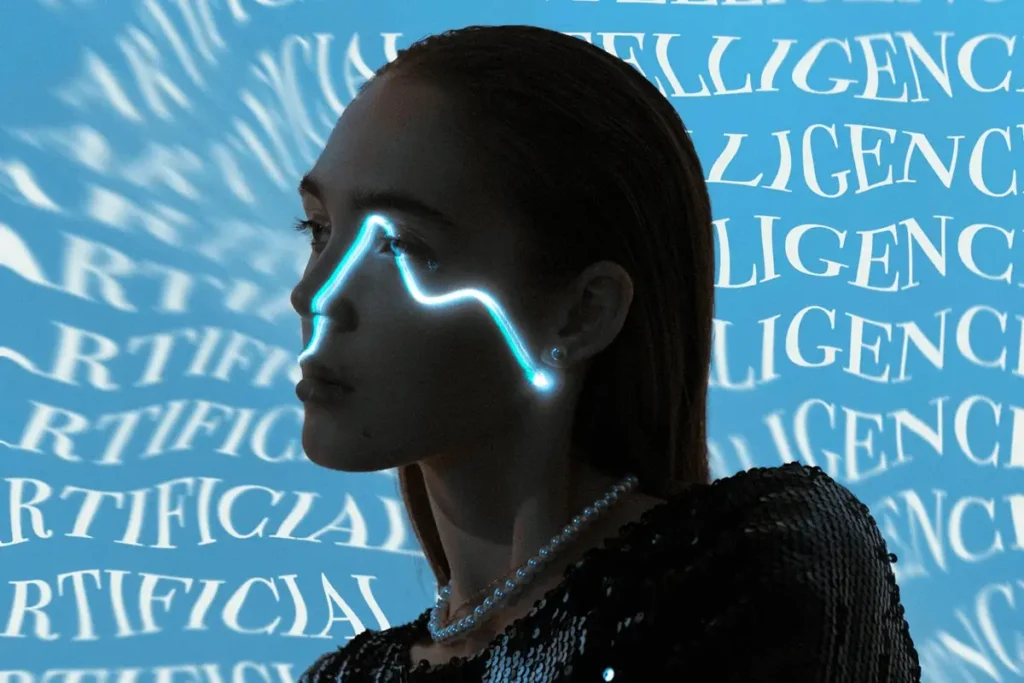
Medical science stands at the dawn of a new era. Tiny robots swimming through bloodstreams and digital therapists available 24/7 mark the path toward VEEEERY personal healthcare. Scientists now decode 3 billion nucleotides in human genomes, zeroing in on the crucial 0.4% that makes each person “different” from one another.
Nanorobots Revolutionize Disease Treatment
Microscopic healers patrolling your body… Very awesome but also has this whole… “Ummm is this real” factor about it. Well yes, this is real, and these nanorobots bring surgical precision to cellular battlegrounds, marking a breakthrough in medical science. Their mission includes precise drug delivery, hunting down tumors, and performing delicate surgeries. The most impressive data point so far (our opinion) is that DNA-based versions already spot 12 distinct cancer types, striking disease without harming healthy cells.
These tiny nanorobots medical champions excel at…
Smart computer guidance helps these tiny warriors work faster and gentler than traditional ways. Medical experts predict that by 2030, advanced nanosubmarines will patrol bloodstreams, tackling multiple health challenges at once.
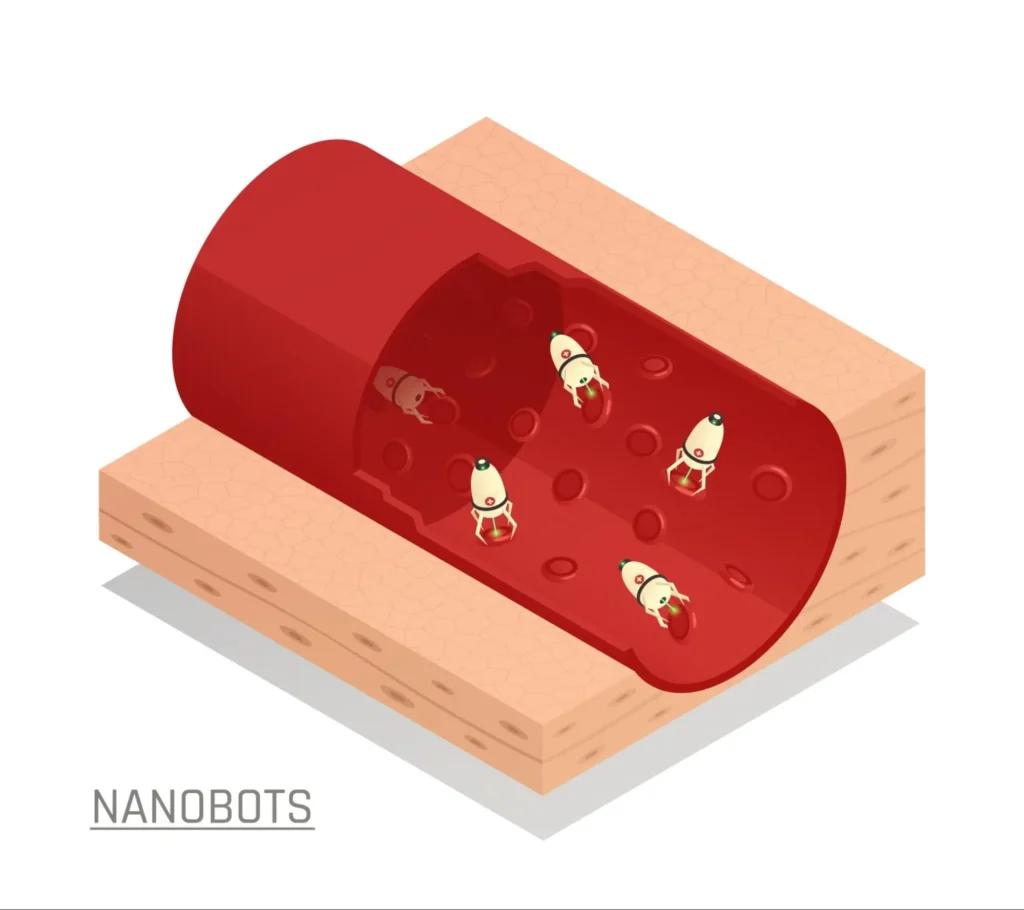
Smart devices now open doors to instant support and careful monitoring. Virtual reality proves its worth daily, helping people overcome psychosis and anxiety with remarkable success.
Smart systems powered by AI watch for subtle signs of trouble, catching potential problems before they grow serious. Digital platforms make it easier than ever to share mental health concerns and take control of emotional well-being. The road to 2030 promises the integration of these tools into everyday healthcare. Smart systems working alongside human experts will make mental health support more accessible. Soon, tending to mental wellness will feel as natural as physical exercise!
Cities Undergo Massive Tech-Driven Changes
Modern cities pulse with technological energy. Smart infrastructure markets soar to USD 372.95 billion in 2023. Behind these numbers lies a remarkable story of urban evolution, with 68% of Earth’s population expected to call cities home by 2050.

Transportation Systems Evolve
Smart vehicles talk to everything around them through V2X communication, promising to prevent 80% of non-impaired crashes. Digital city twins work magic with traffic – just ask Chattanooga, Tennessee, where smart signals cut traffic jams by 30% with updates every four minutes. Even parking gets smarter, with services set to reach USD 32 billion by 2030, growing at an impressive 34%.
Smart machines now help shape tomorrow’s cities. Studies show AI can read street scenes like a skilled urban planner. Systems spot city features at a glance!
Environmental Tech Reshapes Cities
Cities fight climate change with digital weapons. Virtual city twins slash carbon emissions by 50% to 100% in some areas. The green revolution has been spreading like an eagle, with 100 European cities now chasing climate neutrality by 2030. Smart waste systems lead the charge in new infrastructure growth.
Smart Infrastructure Becomes Standard
Watch smart infrastructure markets surge 20.5% yearly through 2030. Smart transport leads the pack as better computers, sensors, and networks transform city management. Smart choices could save cities USD 280 billion by 2030.
Barcelona shows how it’s done, weaving 5G networks, digital twins, and V2X into one smart system. Success demands teamwork though… public and private sectors must join forces, sharing knowledge, tools, and data.
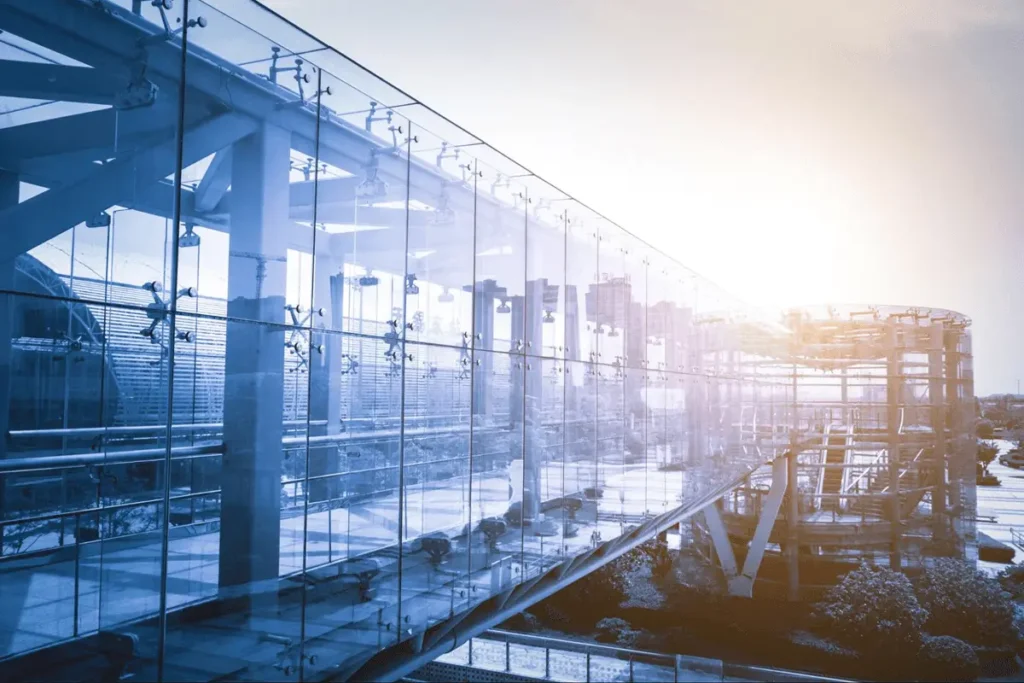
Money changes its shape before our eyes… and you might have noticed the word “crypto” popping up for the past decade or so on a global level. Traditional banks watch their return on equity slide toward 7.2% by 2030. This seismic shift signals a complete remake of how money flows through our world.
So… Does Traditional Banking Face Extinction?
Bank stocks tell a sobering story if you look back on history… and currently, their market discount deepened from 15% in 2000 to a stark 70% in 2022. Wall Street’s faith in banking fades as mighty financial fortresses give way to nimble digital players. The age of banking giants controlling all money matters draws to a close, pushed aside by tech innovation and savvy customers.
Banks must evolve or fade away. Their “survival” playbook includes:
New Economic Models Emerge
Digital money gains ground fast… And all you have to do is imagine 24 central banks launching their own digital currencies by 2030. And then boom, that’s how it would happen. Already, 93% of central banks explore these digital possibilities. The Bahamas and Nigeria lead the charge with their own digital money, while China tests its eYuan across cities.
This money makeover reaches beyond central banks. Blockchain-powered international payments promise USD 10 billion in savings worldwide. Virtual shopping in the metaverse could hit USD 2 trillion by 2030 (20% of ALL retail e-commerce.) pointing toward entirely new ways of trading value.
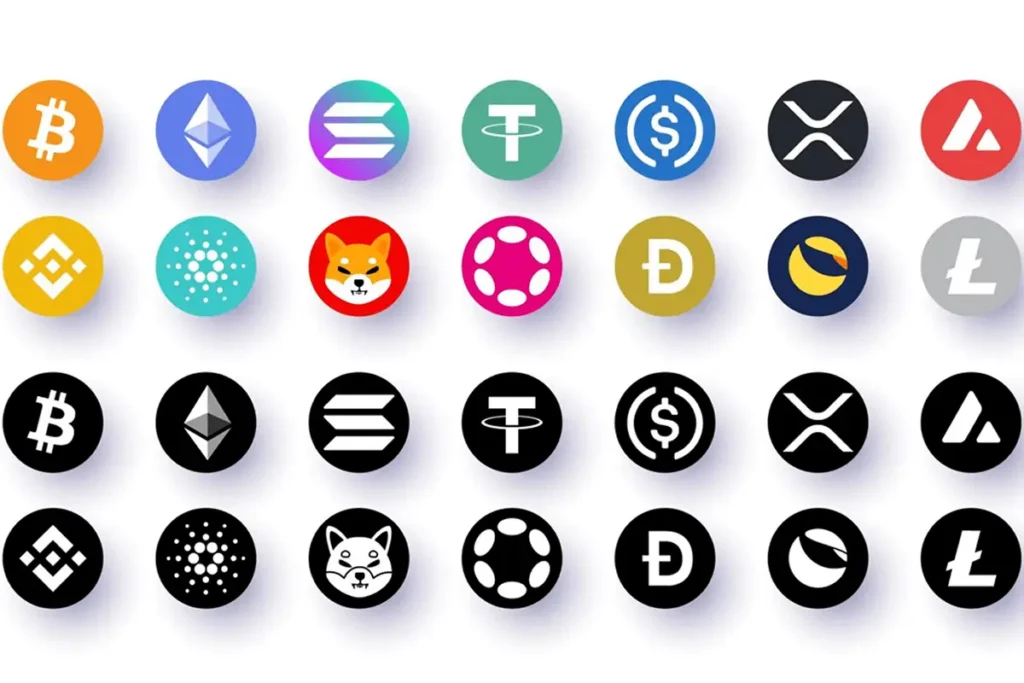
Banks now compete with anyone offering money services. This competition raises customer hopes while squeezing traditional bank profits. Tomorrow’s banking splits into 5 clear streams: daily banking, investment guidance, complex funding, wholesale money movement, and banking services for other businesses.
Digital currencies might soon handle our everyday money needs, stealing traditional banks’ home turf. Yet smart banks that ride this wave could grow stronger and richer, possibly creating USD 20 trillion in new value.
Human bonds take new forms as digital worlds reshape social fabric. Tomorrow’s jobs paint an intriguing picture… 85% haven’t even been invented yet. These changes touch the very heart of how we connect, share, and build relationships.
Digital Communities Replace Physical Ones
Digital platforms become the new gathering spots for life and community action. People raise their voices and exercise their rights through virtual communities rather than traditional meetups. These digital spaces serve double duty, organizing real-world action while creating vibrant online communities.
Modern movements find their strength online.
Labor groups embrace digital tools for →
Communication Methods Have Obviously Changed
Smart AI companions will know us better than ever by 2030 (yay), anticipating needs and handling daily care tasks. While nothing beats a warm handshake, digital conversations grow richer and more natural. Language barriers melt away as clever AI translators help people connect across cultures in virtual spaces.
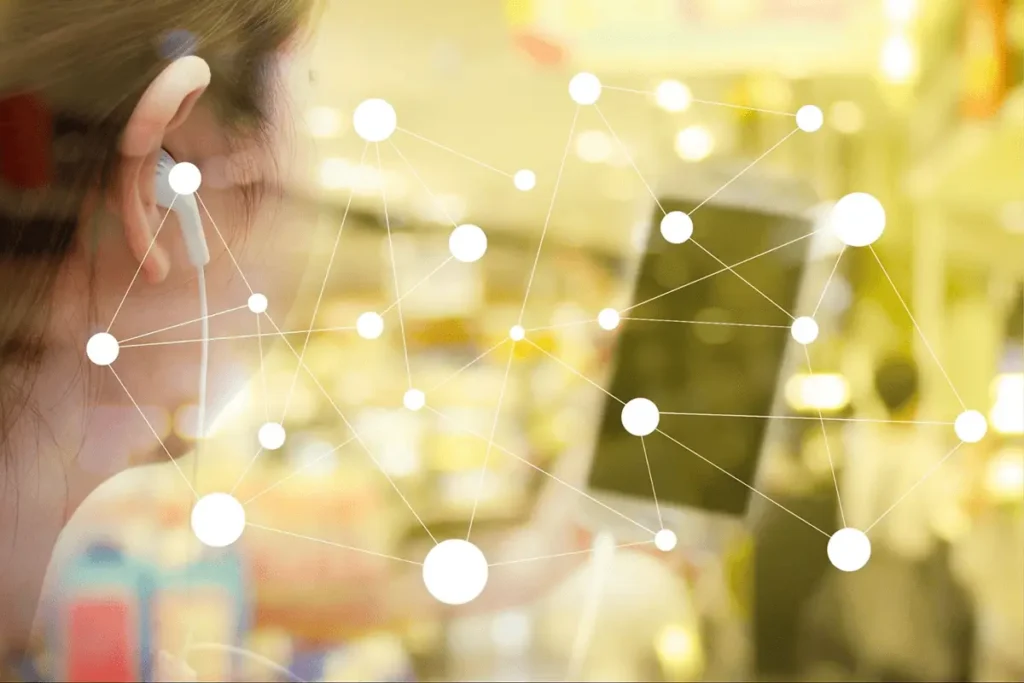
The Internet of Senses opens magical doors, and if you get a chance… We definitely encourage y’all to go down that rabbit hole for a few. This process is making distance learning and remote work feel more natural. Virtual worlds create spaces so real, you’ll forget they’re digital (well, you’re supposed to at least). Quality education and healthcare reach everyone through smart screens, no matter where they call home, and this is projected to take place by the year 2023. Buckle up!
Relationship Dynamics Shift
Love stories start differently now. Dating apps rank second only to friend introductions for matching hearts. Digital cupids ignore borders, helping souls connect across continents.

AI friends offer a curious answer to loneliness. Digital companions listen and support around the clock. By 2030, they might become trusted mental health allies, offering judgment-free understanding.
Work friendships bloom in new soil too. Building team spirit through screens becomes an art. Smart companies create digital water coolers where great ideas spark between colleagues. The focus shifts from pure productivity to nurturing genuine connections in virtual offices. Like everything that needs balance, this takes time but seems to be the direction a lot of companies are heading with new tech!
Where Will You Be in 2030 Because of New Technology?
Fresh research paints an extraordinary picture of life in 2030, where AI touches every corner of human experience. From office spaces to hospital rooms, smart machines reshape our daily reality. Physical and digital worlds blend together, creating experiences we can barely imagine today.

Five remarkable shifts stand ready to define our future.
- Smart cities pulse with efficiency, guided by digital twins and talking vehicles.
- Tiny medical robots swim through veins while AI counselors tend to your minds.
- Offices break free from old patterns, welcoming AI colleagues and remote teams.
- Money itself changes shape as digital currencies challenge old banking towers.
- Perhaps most fascinating, human connections find new homes in virtual spaces, even embracing AI companions.
Sit Down With A Marketing Pro
Listen, we can’t stand pushy salespeople either. That’s why we’ve tossed out the high-pressure playbook and invite you to a relaxed, no-obligation conversation with one of our marketing pros instead. And if we’re not a good fit, we’ll point you toward the right resources that will help.
What Will You Get?
- An informal chat about your business
- Helpful advice and guidance
- No sales pitches or nonsense
- No obligations or commitments
Building Brands Marketing is a Texas-based agency committed to driving profitable customer growth through strategic consulting and industry-leading expertise. Ready to make your marketing count? Let’s talk.
Questions About The Future of Technology in 2030
How will AI impact the workplace by 2030?
AI is expected to dramatically reshape workplace dynamics by 2030. It will automate administrative tasks, leading to flatter organizational hierarchies and more flexible work models. AI-powered productivity tools will personalize workflows and reduce cognitive load, while also supporting employee mental health through stress monitoring applications.
What role will nanorobots play in healthcare by 2030?
By 2030, nanorobots are anticipated to revolutionize disease treatment. These microscopic devices will be capable of delivering medications directly to diseased cells, performing precise cellular-level interventions, and conducting minimally invasive surgical procedures. They will evolve into sophisticated “nanosubmarines” in the bloodstream, executing multiple medical tasks simultaneously.
How will cities change with the implementation of smart technologies?
Cities will undergo massive tech-driven changes by 2030. Smart infrastructure will become standard, with AI and digital twins optimizing urban planning and resource management. Transportation systems will evolve with vehicle-to-everything (V2X) communication, potentially reducing congestion and accidents. Environmental technologies will help cities work towards climate neutrality goals.
What changes can we expect in the global financial system by 2030?
By 2030, digital currencies are likely to reshape the global economy. Central Bank Digital Currencies (CBDCs) are expected to be in circulation in many countries. Traditional banking models may face extinction, with financial services becoming more integrated with fintech and big tech firms. New economic models will emerge, potentially creating significant value in the banking sector.
How will connections & relationships change due to technology by 2030?
Social connections will experience radical changes by 2030. Digital communities will increasingly replace physical ones for civic engagement and social interaction. Communication methods will transform with AI assistants and immersive technologies like virtual and augmented reality. Relationship dynamics will shift, with online platforms playing a larger role in how people meet and interact, and AI relationships potentially addressing issues of loneliness.


